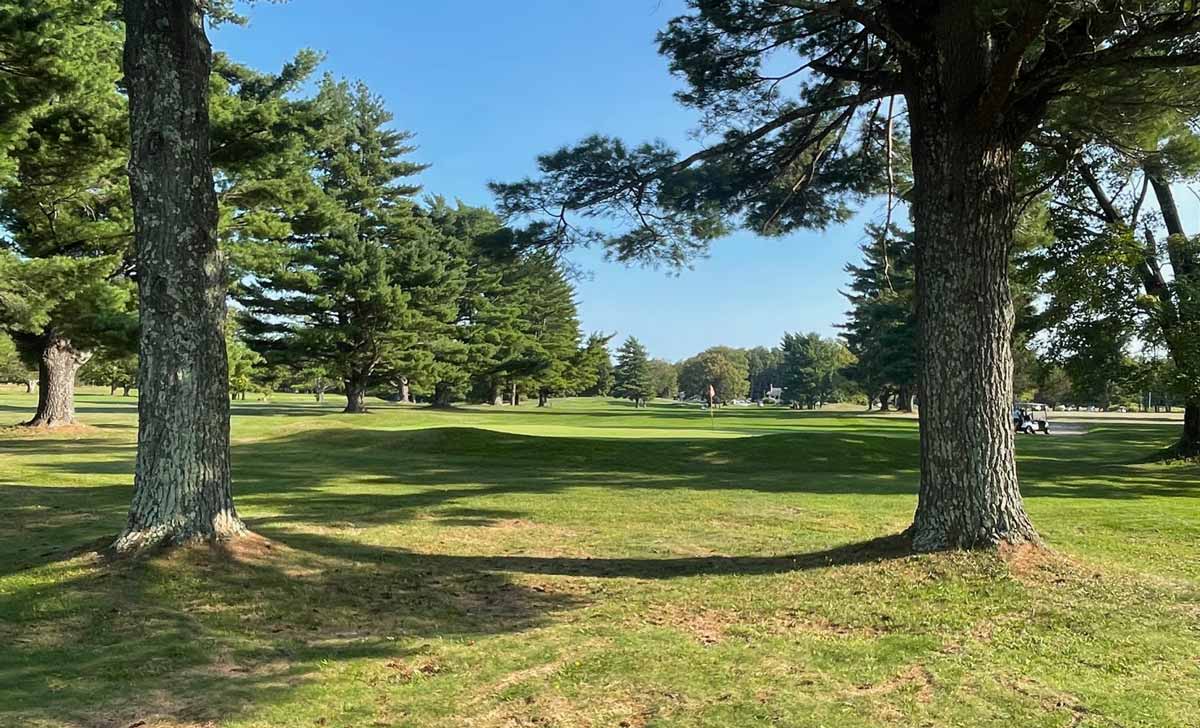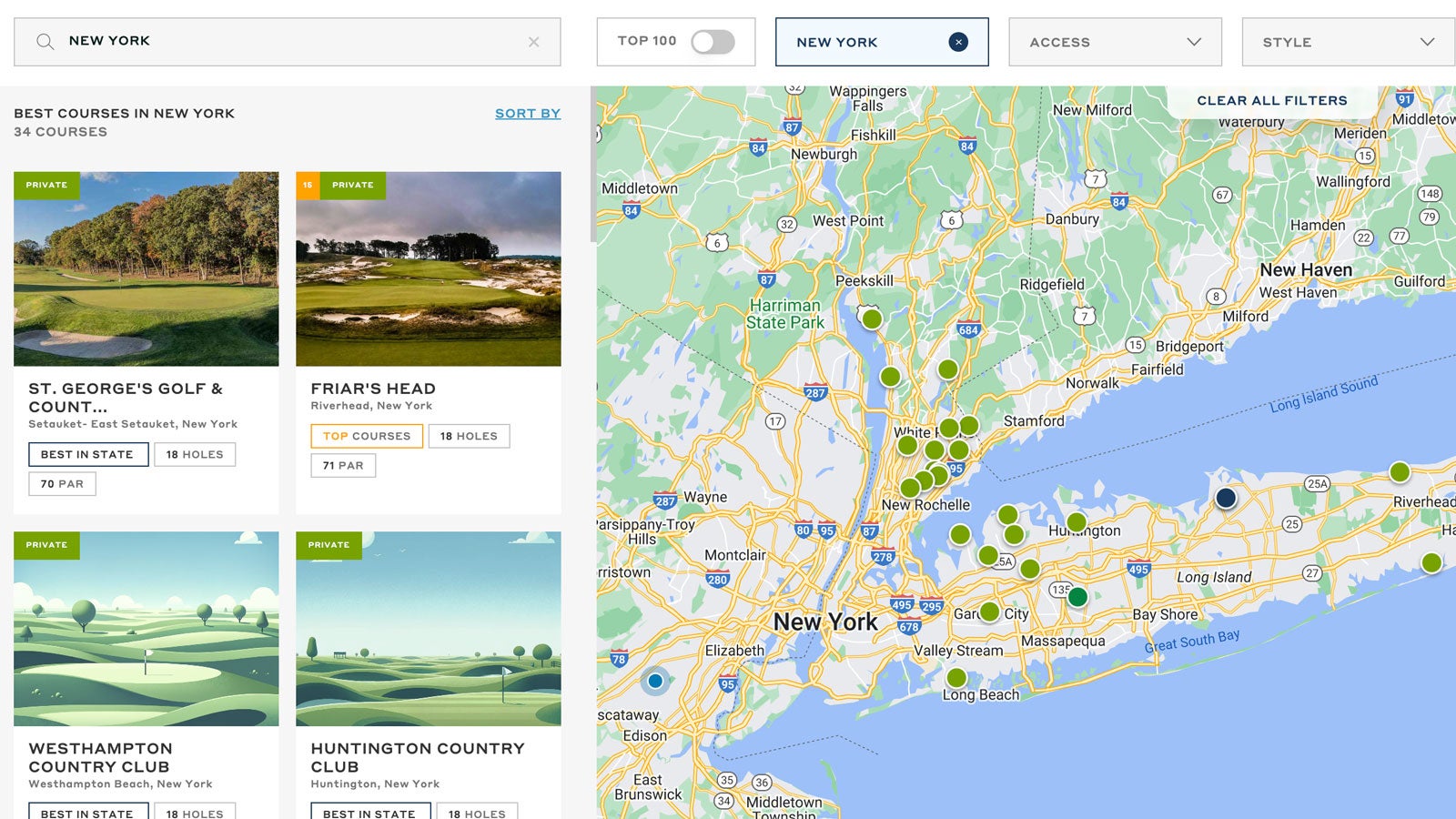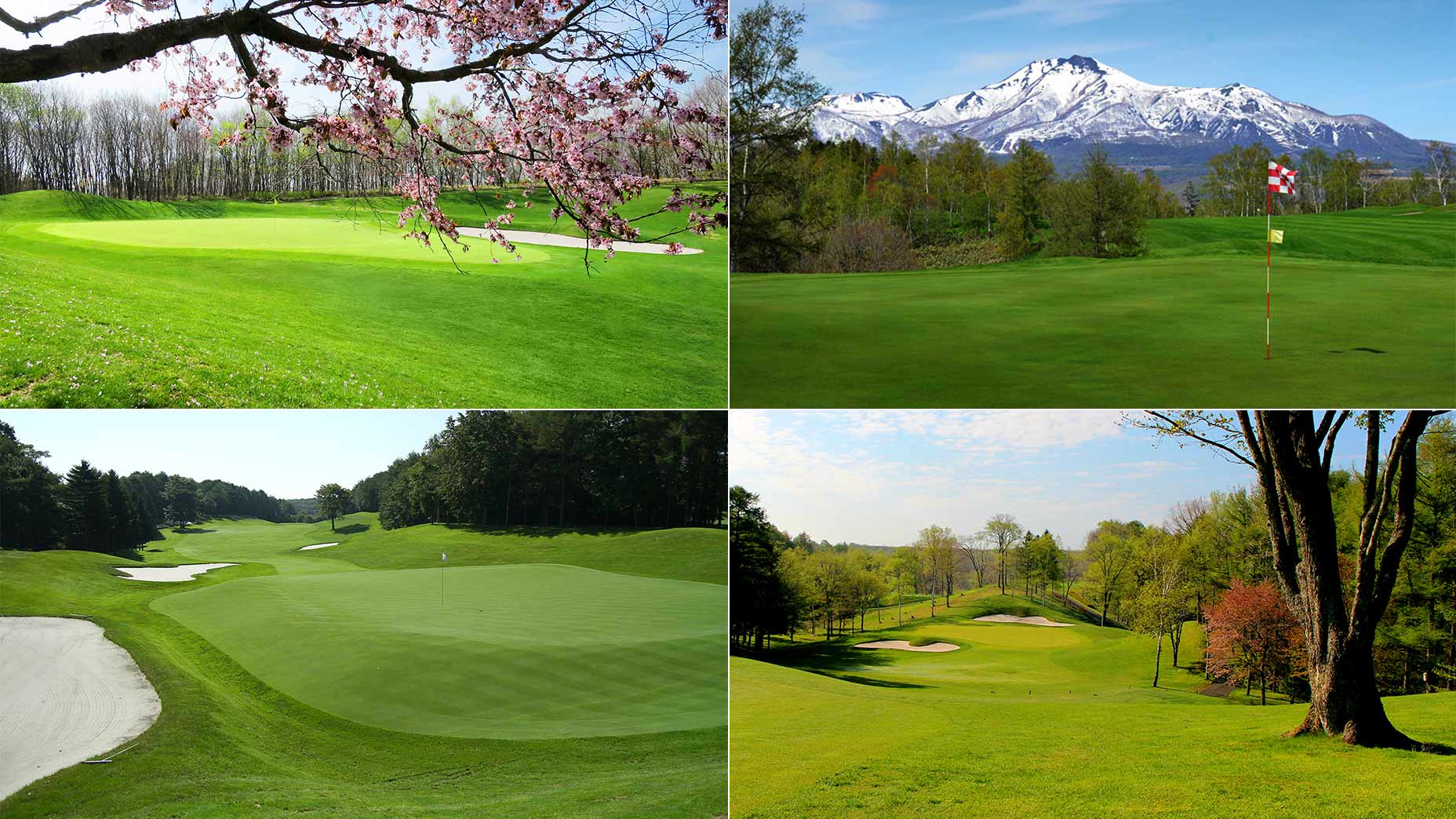This Donald Ross gem hidden in the Catskill Mountains costs only $18
- Share on Facebook
- Share on Twitter
- Share by Email

If you find yourself in the eastern Catskill Mountains, head to Rip Van Winkle Country Club.
Kevin Cunningham
Our most recent trip around the sun has seen nearly geologic changes for me: marriage, followed by a sudden, unexpected but long-desired move from Brooklyn to the Catskill Mountains.
That move also exposed me to another vicious bite from the golfing bug.
Every few years, I tend to go through a stage of golf obsession, playing every chance I get for months on end until I inevitably burn out and let my iron grooves collect dust. And repeat.
This time the dust was toweled away before my wife and I had finished summiting the moving-box mountains that had formed in our new rental cottage (a task that as of this writing is not fully complete). The reason? Scattered throughout the eastern Catskills, hidden in mountain valleys and hollows, are a dearth of great golf courses.
Looking for a golf course to play? Try this genius search-and-booking toolBy: Alan Bastable
Though “great” has many definitions, the greatness here is found in natural beauty, accessibility, open tee sheets and affordable prices. I quickly discovered a handful of nine-hole courses within a 20-minute drive of my new home, most costing just $18 to walk nine holes.
For my first few sessions back in the grind, I focused on Alapaha Golf Center in Kingston, N.Y. Alapaha offered me a lot in my initial rust-cleansing phase. First, a quality driving range, one that is never full, where a bucket of balls ran me only $8.
It also has a short nine-hole course. While it’s mostly made up of par-3s, they are full-length three-shotters, all but one well over 100 yards, and it also features three short par-4s where I could let the big dog fly (mostly slicing far to the right). While the course won’t make GOLF’s Top 100 Courses list, it’s kept in great condition, with smooth, well-cut greens. And from every hole you can see Overlook Mountain, the eastern end of the Catskills, the same peak I can see from my neighborhood.
But the best part might be that it’s only a 15-minute drive from my house, and on a weekday morning I can race through the empty course and be back at my desk to start the workday just 90 minutes later.
After several rounds at Alapaha, I was hungry for a regulation nine-holer. Fortunately, when testing out GOLF’s new Course Finder powered by Open Links — a free, searchable mapping tool that includes nearly every course in the U.S. — a course popped up on the map nearby that my previous search-engine research had failed to unearth: Rip Van Winkle Country Club in Palenville, N.Y. The Course Finder page for “the Rip” — as it’s affectionately known — revealed another shocking truth: it was designed by course architecture legend Donald Ross all the way back in 1919. Through Course Finder I also learned that despite the “CC” at the end of its name, the course was open to the public. The price for walking nine holes? $18. Game on.
At Rip Van Winkle, players experience a similar feature to courses you find throughout the Catskills: mountain views. Now, these aren’t the mammoth peaks of the Rockies found looming over courses out West. But, as with golf courses, a mountain range’s greatness can be measured in multiple ways.
Best golf courses in the U.S. for under $100, broken down by stateBy: Josh Berhow
While the Rockies might be far bigger and more scenic, they are juveniles in the mountain crowd. The Appalachian Mountains, which run up the East Coast of the U.S., and which include the Catskills, are ancient. Truly ancient, to the tune of 480,000,000 years old.
The Rockies, on the other hand, are a mere 70 million years old. The mighty Himalayas, home to Mount Everest and nine of the top-10 highest peaks on Earth? Only 50 million, so young they’re still growing. But geologists believe back in their own youth, the Appalachians soared even higher than the Himalayas do now.
But back to the golf. The Rip is a scenic nine-holer that stretches to 2,968 yards. When I arrived on a recent Thursday evening in early September, there were a lot of people out on the course, but not enough to prevent me from paying the small fee and walking directly to the 1st hole to start within five minutes of throwing my car into park.

I am no course architecture expert, so I am a poor source to relay how much of Ross’ original vision of the Rip has survived 105 years later (many of the pine trees lining the fairways could be younger than that). What I can tell you is that the small, well-guarded and often raised greens (maintained to a higher level than I’m accustomed to), gave me a whiff of Ross courses I’ve played in the past. So too did the tees, most of which were intentionally misaligned with the fairway, one of the most effective ways to turn my poor driving accuracy into a disaster reel.
But the relaxed, collegial atmosphere was a nice change from some of the stilted clubs that house some of Ross’ more noted courses. While I played alone, there were plenty of twosomes, threesomes and foursomes of grinning locals, most seemingly more focused on enjoying time with friends and family in a beautiful place than what club to use on their next approach shot. One group even generously offered me a swig of moonshine (I politely declined).

While my pace of play was far slower than I was accustomed to during my recent early morning rounds, it was still a far cry from the New York City munis I’ve spent too many hours on, and I was more than happy to slow down and soak in the last rays of the Sun as it began slipping behind the mountains.
I’m confident that wherever you live in this big, beautiful country, secret public golf gems await. I highly recommend checking out our new Course Finder tool to discover them for yourself, along with driving ranges, True Spec custom club-fitting facilities and links to book tee times.
And if you take the next step and download the Open Links app, you’ll get a constantly updating news feed about community events, promotions, deals, course updates, tournaments and more at golf courses in your area, or where you’re going on vacation.

Latest In Travel

Kevin Cunningham
Golf.com Editor
As managing producer for GOLF.com, Cunningham edits, writes and publishes stories on GOLF.com, and manages the brand’s e-newsletters, which reach more than 1.4 million subscribers each month. A former two-time intern, he also helps keep GOLF.com humming outside the news-breaking stories and service content provided by our reporters and writers, and works with the tech team in the development of new products and innovative ways to deliver an engaging site to our audience.











